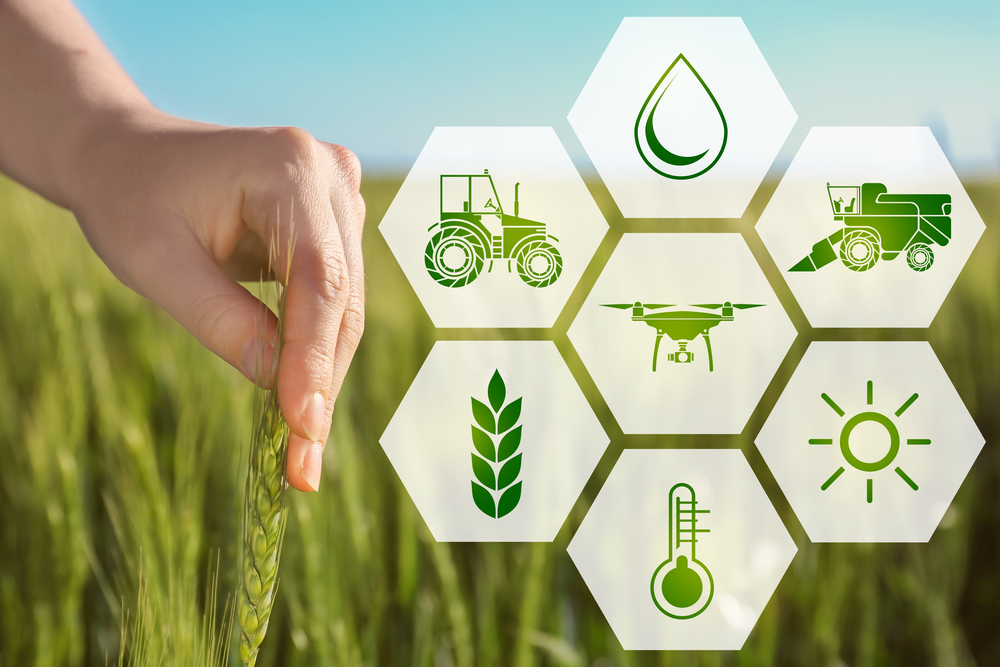
05 Apr Innovative Technologies in the Cultivation of Leafy Vegetables: The Case of the Sele Plain
The cultivation of leafy vegetables in the Sele Plain represents not only a tradition but also a laboratory of agricultural innovation. The use of advanced technologies in this context has improved yield, sustainability, and product quality, strengthening the competitiveness of local producers in an increasingly demanding market.
The Role of Technologies in Crop Improvement.
New technologies, such as moisture sensors and smart irrigation systems, optimize water consumption and ensure that crops receive the hydration they need. In the Sele Plain, this means saving resources and reducing environmental impact, in line with sustainability goals.
Drip irrigation and moisture sensors enable real-time detection of water and nutrient levels in the soil, allowing farmers to intervene only when necessary. This approach has reduced waste and improved crop quality, adapting production to the needs of modern farming.
Data Monitoring for Greater Efficiency
Data monitoring is crucial: gathering information on soil conditions, temperature, and plant growth allows cultivation techniques to be adapted precisely. With the help of dedicated software, producers in the Sele Plain are able to make data-driven decisions that result in greater efficiency and sustainability.
Traceability and Quality Assurance Systems
Thanks to traceability technologies, such as QR codes, consumers can easily access product information. Transparency thus becomes an added value, assuring that vegetables are grown using sustainable and innovative methods. This approach responds to growing consumer demand for safe and traceable products, in line with the principles of the Mediterranean diet.
Conclusion
Agricultural technologies applied in the Sele Plain represent a perfect synergy between tradition and innovation, improving crop yields and minimizing environmental impact. Leafy vegetables grown in this area stand out for quality, sustainability, and transparency, demonstrating how innovation can enrich agriculture without betraying local roots.
